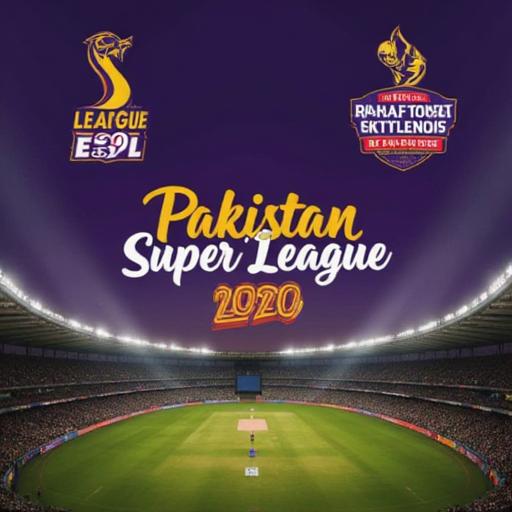Pakistan’s 2015 World Cup Squad: A Look Back at the Men in Green

Pakistan’s 2015 World Cup Squad: A Look Back at the Men in Green
The 2015 Cricket World Cup held in Australia and New Zealand offered a fascinating glimpse into the highs and lows of international cricket. Pakistan’s journey, though ultimately unsuccessful in advancing far in the tournament, presented a compelling story of both individual brilliance and collective struggles. This article delves into Pakistan’s 2015 World Cup squad, exploring their strengths, weaknesses, and the players who left their mark on the tournament. We’ll also try to understand the wider context of their performance within the cricketing landscape of that year.
A Squad of Potential
Pakistan’s 2015 World Cup squad was a blend of established veterans and exciting new talent. The team, under the leadership of Misbah-ul-Haq, included experienced campaigners such as Azhar Ali, Shoaib Malik, and Mohammad Hafeez, along with players eager to prove themselves on the global stage. The selection was a careful balance between proven performers and players with the potential to make a significant impact.
The team’s composition hinted at a team aiming for a balanced approach, combining solid batting with a capable bowling attack. But would this blend translate into consistent victories? Let’s examine the key members of the squad.
Key Players and Their Roles
Misbah-ul-Haq (Captain): A seasoned captain, Misbah brought a wealth of experience to the leadership role. Known for his calculated approach, Misbah was a valuable presence in the middle order. His leadership style, however, was a subject of varied interpretation throughout the tournament. Did his measured style hinder the team’s ability to take risks when necessary? We’ll analyze his tactics and choices further.
Azhar Ali: One of the team’s most consistent batsmen, Azhar anchored the middle order, often carrying the scoring load in the early stages of Pakistan’s innings. His ability to play long innings was invaluable, and we’ll dissect his performances in detail to see how crucial he was to the overall team strategy.
Umar Akmal: A powerful batsman with explosive potential, Umar Akmal was expected to provide a much-needed spark to the top order. However, his performances were often erratic, highlighting a potential for both great highs and crushing lows, which became a recurring theme in his World Cup career.
Mohammad Hafeez: A seasoned all-rounder, Hafeez contributed with both bat and ball. His fielding was often exemplary. How did Hafeez’s all-round performance directly or indirectly influence Pakistan’s chances in different matches?
Shoaib Malik: Another veteran all-rounder, Shoaib Malik played a significant role in the middle order and often took on the burden of bowling in the death overs. But did the responsibility prove too heavy in certain matches? Let’s analyze his contributions.
Hasan Ali: Hasan Ali was a young and promising fast bowler. His ability to generate pace and bounce proved vital in crucial matches. Did the emergence of Hasan Ali affect Pakistan’s overall strategy? We’ll discuss the details.
Pakistan’s Performance
Pakistan’s World Cup campaign was a mixed bag. They started with a few promising wins, indicating potential, but faltered in crucial matches later on. Sometimes, close losses were felt as setbacks, while other wins were not enough to lift the team to the desired heights. Analyzing the squad’s performance against each opponent and understanding the key turning points will give us a clearer picture of Pakistan’s overall campaign.
The team’s batting performances often varied widely. Some matches saw aggressive starts, while others witnessed slow and steady approaches. This inconsistency proved a significant hurdle in the tournament. The bowling, though containing talent, lacked the consistency needed to exploit the opposition’s vulnerabilities consistently. Did the team’s strategy fail to adapt to different playing conditions? And did their approach to the different opponents show adaptability?
Key Moments and Tactical Decisions
The 2015 World Cup witnessed critical moments that shaped Pakistan’s journey. We need to analyze the team’s decision-making processes, both in terms of batting strategies and in selecting the winning bowlers in each match. Did the team’s management adapt their strategies appropriately to the changing conditions and opponent’s styles?
Pakistan’s losses and close calls often hinged on critical decisions made during the crucial phases of the match. These instances will be analyzed, highlighting missed opportunities and the potential for improvement.
The Wider Context: Cricket in 2015
Pakistan’s 2015 campaign also needed to be viewed within the wider context of international cricket in 2015. The competition was fierce; other nations had their own strengths and weaknesses. Examining Pakistan’s position within this context provides a broader understanding of their challenges and triumphs.
The rise of certain emerging teams, the continued dominance of established powers, and the shifting dynamics of the game all added layers of complexity to Pakistan’s performance. What was the general cricketing environment during the tournament, and how did it affect Pakistan?
Lessons Learned and Future Outlook
The 2015 World Cup campaign offered Pakistan valuable lessons for future tournaments. The squad’s shortcomings highlighted the importance of consistent performances, both individually and collectively. What were the crucial takeaways for Pakistan’s cricketing future? We need to look at the evolution of Pakistan’s approach, considering individual strengths and weaknesses to understand their possible future path in international cricket.
The team’s approach to managing pressure situations, adjusting to different playing conditions, and making calculated decisions in the heat of the moment were all key areas for improvement. Ultimately, this tournament offered a vital stepping stone for future endeavors.
Conclusion
Pakistan’s 2015 World Cup journey serves as a reminder of the complexities and nuances within international cricket. The team, despite their potential, faced challenges, providing valuable insights into the art of cricket. This article aims to provide a comprehensive analysis of Pakistan’s squad, their performance, and the key moments that defined their 2015 World Cup experience.